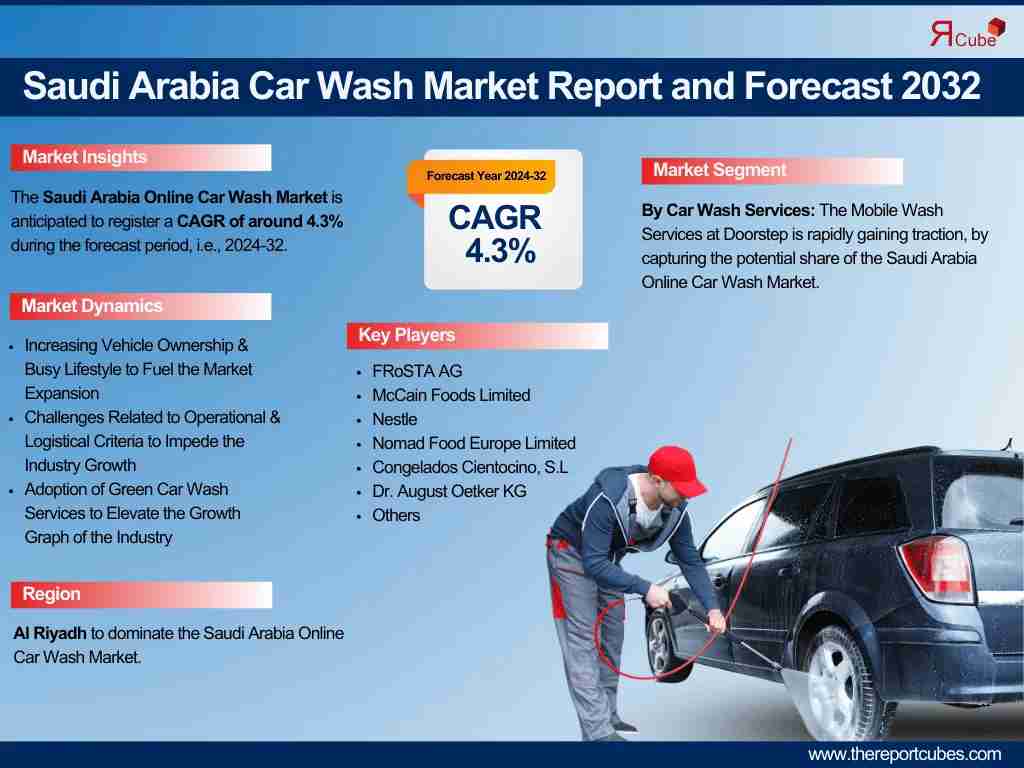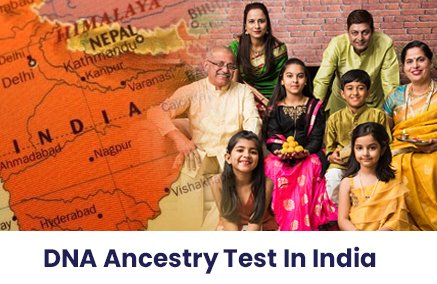Opdage indlægUdforsk fængslende indhold og forskellige perspektiver på vores Discover-side. Afdække friske ideer og deltag i meningsfulde samtaler
How Ancestry DNA Test Can Reveal Your Ancestral Roots
Uncover your ancestral roots with the Ancestry DNA Test in India by DNA Forensics Laboratory Pvt. Ltd. Our advanced DNA Ancestry Test helps you explore your ethnic origins, trace migration routes, and connect with your family’s unique heritage. Using cutting-edge technology and the GPS Origins method, we deliver highly accurate and confidential results. With 400+ collection centres across India and abroad, testing is simple, accessible, and hassle-free. Discover where your ancestors came from and reveal your true genetic story today! Call: +91 8010177771 or WhatsApp: +91 9266615552.
#ancestrydna #dnaancestrytestinindia #ancestrytest #ancestrytestindia #ancestrytesting #geneticancestrytesting #dnaancestrytestkit #ancestrytestkit #dnaancestrytest #ancestrydnatesting #dnatestingforancestry




